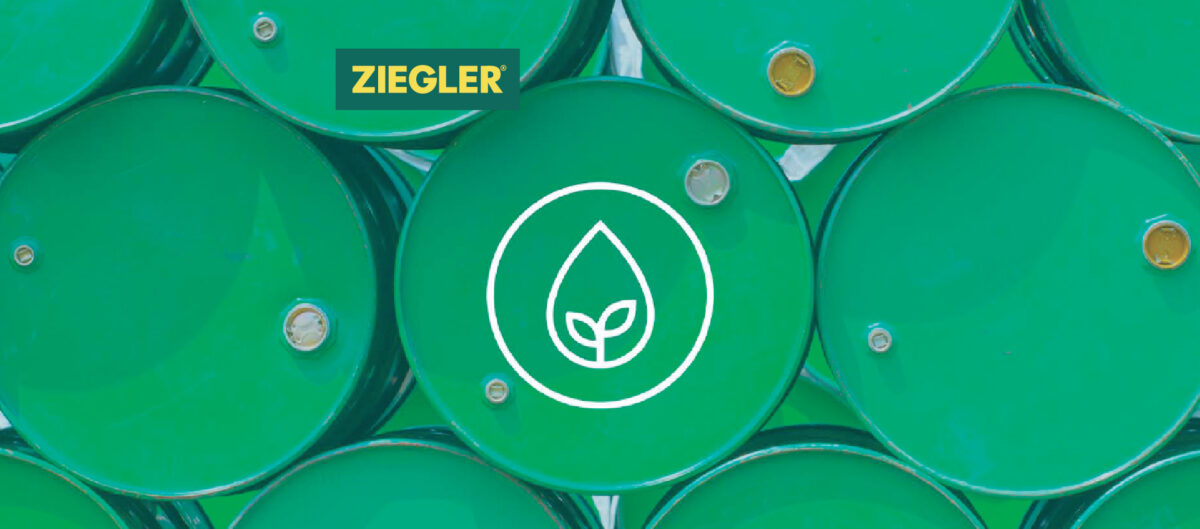What is Carbon Border Adjustment Mechanism – Understanding CBAM
In this guide series, we explore the details of CBAM, exploring its definition, objectives, and its pivotal role in merging climate change policies with global trade dynamics. As you navigate through, you’ll grasp the mechanism’s operational framework, from the initial assessment and pricing of carbon emissions in imported goods to the strict compliance requirements in the implementation phase. The guide reveals the key components of the CBAM agreement, shedding light on the tariff structure, revenue allocation, compliance mechanisms, and much more. With this key information you will have a holistic view of the mechanism’s impact on the EU’s trade relations and its broader implications on the global effort to combat climate change.
What is Carbon Border Adjustment Mechanism – Understanding CBAM
Definition and Objectives of CBAM
The Carbon Border Adjustment Mechanism (CBAM) is an innovative mechanism introduced by the European Union (EU) to address the challenges of climate change and carbon emissions. CBAM aims to put a fair price on carbon emissions generated during the production of specific goods imported into the EU and promote cleaner industrial production in non-EU countries. This mechanism is designed to address the issue of carbon leakage, which occurs when companies move their production to countries with lower emissions standards, leading to an increase in global emissions levels.
One of the primary objectives of CBAM is to ensure that industries within the EU and importing goods into the EU face the same carbon costs. As a result, the EU intends to level the playing field for businesses and avoid the risk of carbon leakage while encouraging cleaner production worldwide.
Significance in the climate change and global trade arena
CBAM plays a crucial role in the context of climate change and global trade. By putting a price on carbon emissions, the mechanism incentivises industries to adopt cleaner and more sustainable production methods, thus contributing to the broader global effort to combat climate change. Furthermore, CBAM sends a strong signal to trading partners that the EU is serious about acting on emissions and encourages them to adopt similar measures to decarbonise their industries.
In the global trade arena, CBAM has sparked debate about whether it is compatible with international trade rules. The mechanism may potentially lead to trade disputes, as some countries argue that it is a form of protectionism. However, the EU maintains that CBAM is designed to promote a level playing field for businesses and is in line with World Trade Organisation rules.
Overall, the Carbon Border Adjustment Mechanism is an important tool in the EU’s efforts to reduce carbon emissions and promote a sustainable global economy. As the mechanism is implemented, businesses must adapt to these new regulations and ensure compliance with CBAM requirements.
Stay updated with the latest on CBAM!
As CBAM unfolds, staying updated with its evolving landscape is crucial for businesses to ensure compliance and strategically position themselves in the market. To aid in this endeavor, we invite you to subscribe to our newsletter. Our seasoned specialists will meticulously curate the most pertinent news and announcements regarding CBAM, delivering them straight to your inbox.




